Africa comprises 54 recognized countries, contributing to its extremely diverse architectural styles. Each nation’s unique style is reflected in its buildings. With the continuous advancement of the world, contemporary African architecture has evolved, showcasing innovations such as sustainable materials and designs while still preserving its vernacular elements and traditional styles.
Vernacular architecture is characterized by the use of local materials and an understanding of the region’s context. More than just architectural beauty and sustainability, it embodies the identity of a region, setting it apart from anywhere else. African architecture, known for its rich and ever-changing history from the pre-colonial era to today, reflects a demand for reconnecting with African architectural heritage and regional identity. In the pre-colonial era, Africa featured mud-brick dwellings and coral stones along the Swahili coast. North Africa utilized earthen walls and thatched roofs for natural ventilation against extreme heat, while houses on stilts in the Niger Delta protected against seasonal flooding.
Vernacular architecture played a vital role in African architecture due to its adaptability to local materials and its reliance on less costly, sustainable elements. Research shows that Africa has the highest rates of extreme poverty globally, forcing Africans to rely on local materials and resources. Fortunately, vernacular architecture embodies the essence of true architecture. Beyond creating beautiful buildings and designs, architecture has always been about providing protection and shelter from harsh outdoor environments. In today’s continuously advancing world, architecture requires understanding and studying the context of any environment before attempting design. The concept of vernacular architecture serves as inspiration for today’s contemporary designs.
During the colonial era in Africa, Europeans arrived and began constructing Western-style buildings to suit their own needs, serving commercial, administrative, and religious purposes without considering the local environment or context of the region. In the post-colonial era, around 1960, the Europeans left Africa, which made the continent gain its independence. Many African architects began emerging and triggering a desire for change, by realizing the importance of rebuilding traditional African architecture and taking into consideration the region’s context.
The desire for change was a response to the cultural, social, and economic changes that came along with independence. After the British and French rulers left Africa in the 1960s, they left behind their buildings and structures in countries like Kenya and Côte d’Ivoire, which reminded people of their colonial past, which they badly wanted to forget. For this reason, African architects started designing new buildings like central banks, parliaments, universities, conference halls, and memorials in a new daring style of their own called “African Modernism.”
Afro-modernism, or African modernism, is an expressive movement that took place between the 1960s and 1970s. Colonizers left Africa, leading to its independence, which came with a need for rebirth of the African identity. This reinvention or rebirth took a strong turn on architecture because monuments and structures have always reflected belonging and identity, which is what the Africans wanted to regain.
Below are examples of Afro-modernism in architecture in the post-colonial era.
Former US. Embassy
Architect: Architect Harry Weese
Year: 1965
Harry Weese, a Chicago-based architect, designed the former US Embassy in Accra, Ghana, taking into consideration the context of the region by studying the climate and environment to create a building that suits the needs of the people and the area. The building was designed at the start of the post-colonial era, as architect Weese used local materials and integrated elements of the local architectural style in Ghana that served its hot climate.
His awareness of the region’s needs showcased the importance of creating something unique yet adaptable to the climate instead of using typical concrete boxes in design. The building won several awards and continued to serve its purpose even after the closing of the U.S. embassy; the Ghanaian government kept it open and used it for women’s and children’s affairs. This adaptable design was part of Africa’s journey into creating its own ‘afromodern’ identity through architecture.
International Trade Fair
Architect: Chyrosz & Rymaszewski
Year: 1964-67
The International Trade Fair in Accra, Ghana, was built during Ghana’s early years of independence in the 1960s. The design and construction of the Trade Fair involved collaboration between Ghanaian architect Vic Adegbite and Polish co-designers Jacek Chyrosz and Stanis?aw Rymaszewski. The trade fair served as a contrast to the colonial era in Ghana that was influenced by the British and a symbol of the rise of a new nation along with its commercial purposes.
However, the building was designed under the leadership of Kwame Nkrumah during a socialist movement, but later during the ousting of his leadership and the many political changes that occurred and continue to occur, the building started losing its purpose. Today, the Trade Fair and its surroundings are undergoing re-planning efforts led by Adjaye Associates, an architectural firm. This ongoing process reflects the challenges and tensions inherent in Accra’s urbanization, including rapid development, shifts in public-private partnerships, real estate dynamics, displacement concerns, activism, and the lingering influence of Nkrumah’s era on Ghana’s urban development path.
Hotel Lvoire, Abidjan, Cote d’lvoire
Architects: Heinz Fenchel and Thomas Leitersdorf
The Hôtel Ivoire is in Abidjan, which is the largest city and the economic capital of Côte d’Ivoire (Ivory Coast), a country in West Africa. It was a project initiated by the president at the time and was later developed by an investor called Moshe Meyer, along with architects Heinz Fenchel and Thomas Leitersdorf. The hotel was designed as a symbol of luxury and modern African architecture that is comparable to similar projects in Western countries.
Hotel lvoire was famous for its 300m long swimming pool called ‘Le Lac’ along with its fancy restaurants and casinos that were a means of destination to many high-class people from the region and beyond. Later, the hotel served many purposes, such as being a focal point for many political events. However, during the crisis of the 1990s and 2000s, the hotel fell into neglect and became a base for various militias. It was also the unfortunate site of violent incidents, including the shooting of several Ivorians by French military forces in 2004.
After years of neglect, the hotel reopened in 2011, marking a new chapter for it and symbolizing the resilience of modern African architecture and its people (Herz, 2020).
Now, let’s delve into the latest modern African architecture.
Bosjes Chapel
Architect: Steyn Studio
Year: 2016
Located within a vineyard, the chapel mimics its surroundings with its curved roof, which symbolizes the resilience of the nation and the beauty of nature. Its design paints a picture of a modern, innovative building with a striking roof design characterized by waves or undulations and featuring significant glazing elements accented by a central crucifix-like structure.
Kirstenbosch Centenary Tree Canopy Walkway
Architect: Mark Thomas Architects
A lightweight bridge wooden structure designed in South Africa with high consideration for the surrounding environment. The structure is much like a snake moving through the trees without interrupting them, but rather blending in and creating a camouflage with nature. It is built with a contemporary mindset by creating accessibility for everyone so that even people with wheelchairs can easily move through this pathway and enjoy nature. Additionally, the structure does not require any machinery or electricity, contributing to the protection of the environment.
Before building it, the architects carefully studied the area, mapping out every tree, path, and elevation. They worked with expert architects and plant specialists to find the best possible spots for the structure. The goal was to create something that enhanced the experience of being in a forest without harming it. The walk is 130 meters long with educational signs and starts and ends within the arboretum, so it doesn’t disrupt the open areas of the garden.
House in Estoril Beach
Architects: José Adrião Arquitectos
The project is very casual and minimal, reflecting the surrounding environment and the serenity of the sea. It feels like a place to retreat and just be; the architecture reflects modern and effortless living.
The beauty of architecture lies in how truly meaningful it is and the stories it carries. Buildings, along with humans and seasons, go through phases of transformation, but their legacy and stories remain—told or untold, they stay and allow generation after generation to write tales of their own. From continents to cities and small towns, each has its architectural story and identity.
Africa’s architecture continues to evolve amid the various developmental phases across its regions, reflecting its architectural identity. However, modernism in Africa tells a compelling story of resilience post-European colonization, as it cherishes, maintains, and revives its cultural identity through architectural marvels created by African architects and those from the region and beyond.
Learn with PAACADEMY:
Check out the workshops at PAACADEMY to learn from the industry’s best experts how to use advanced parametric design tools, AI in design workflows, and computational design in architecture!




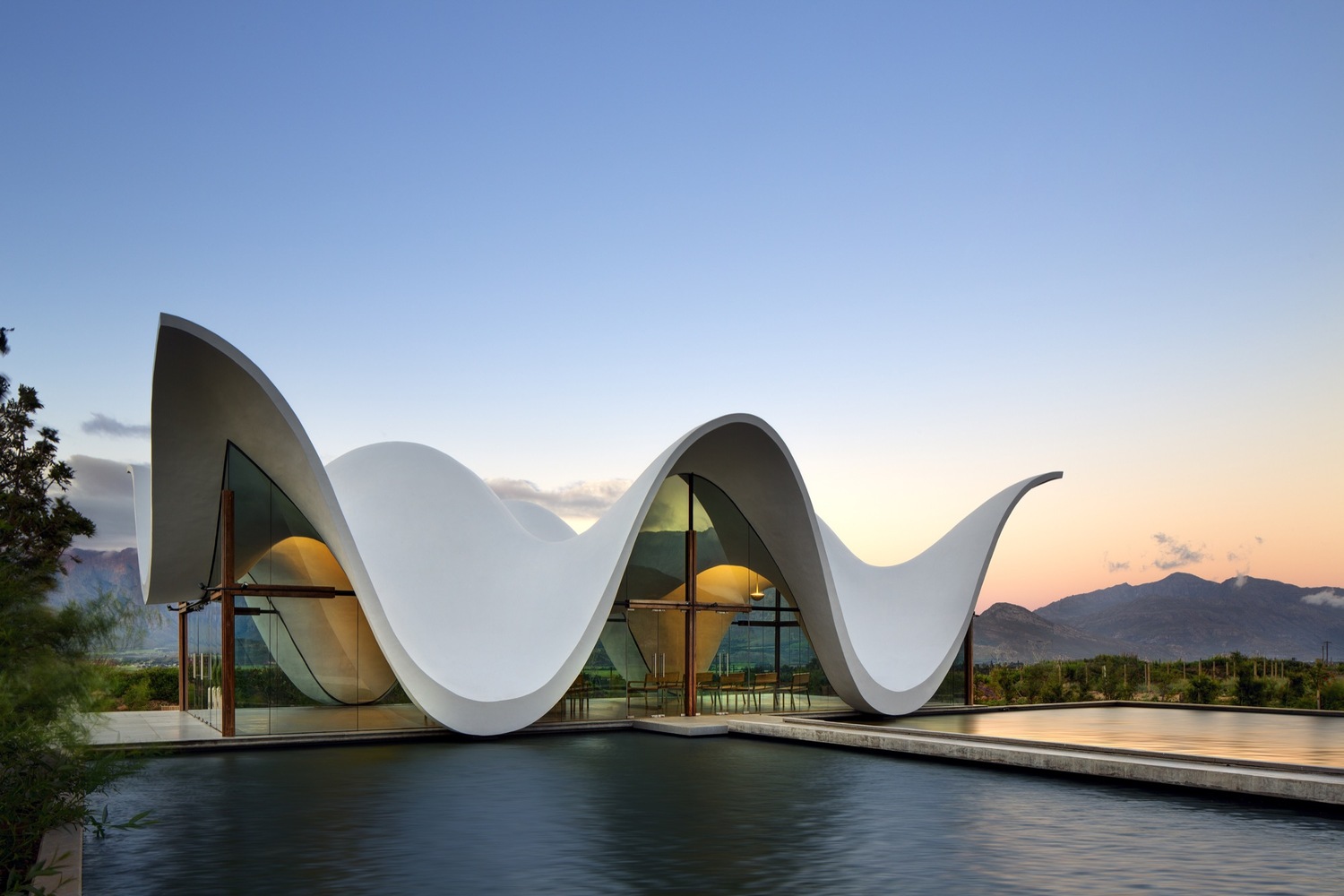

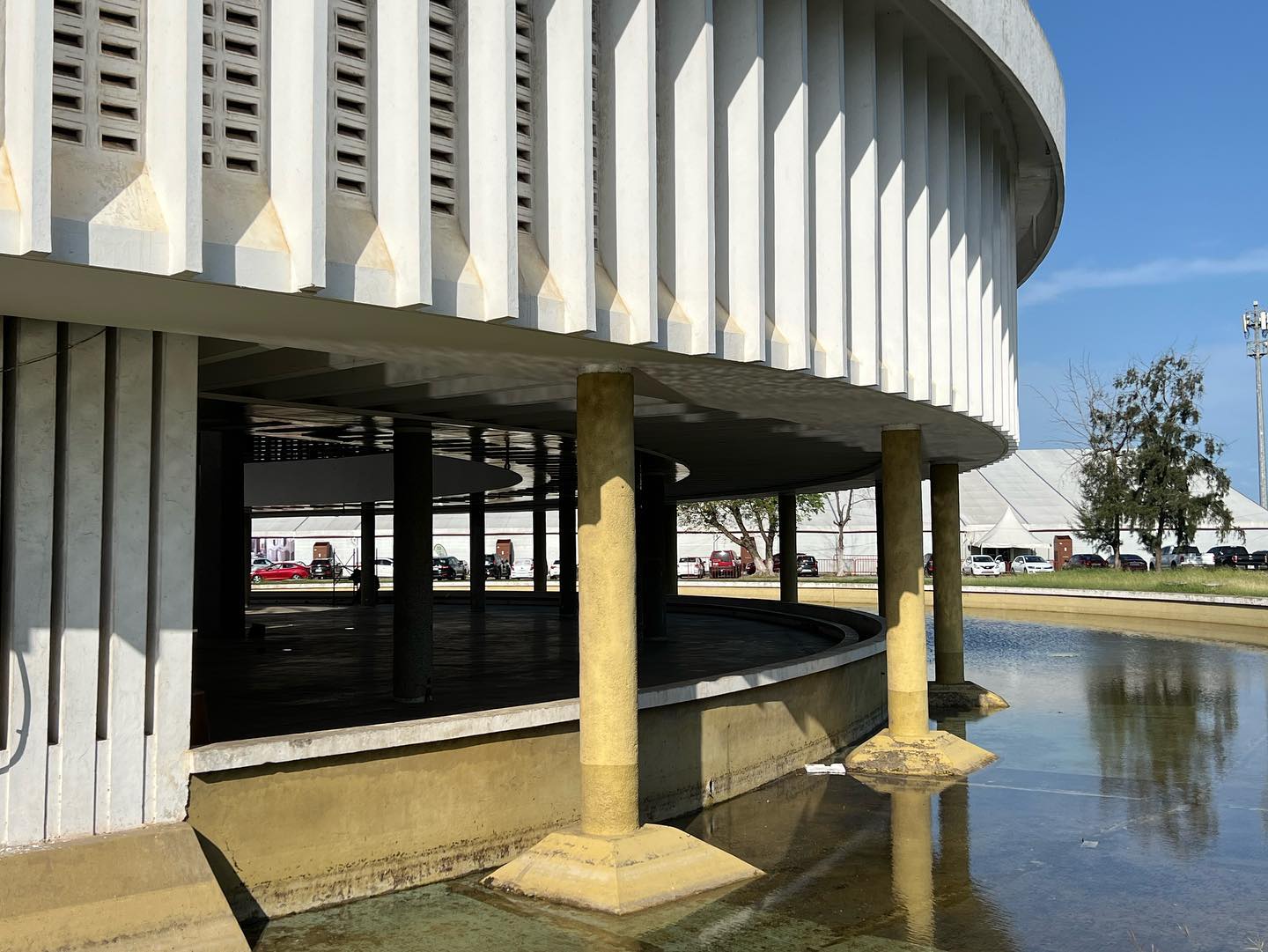





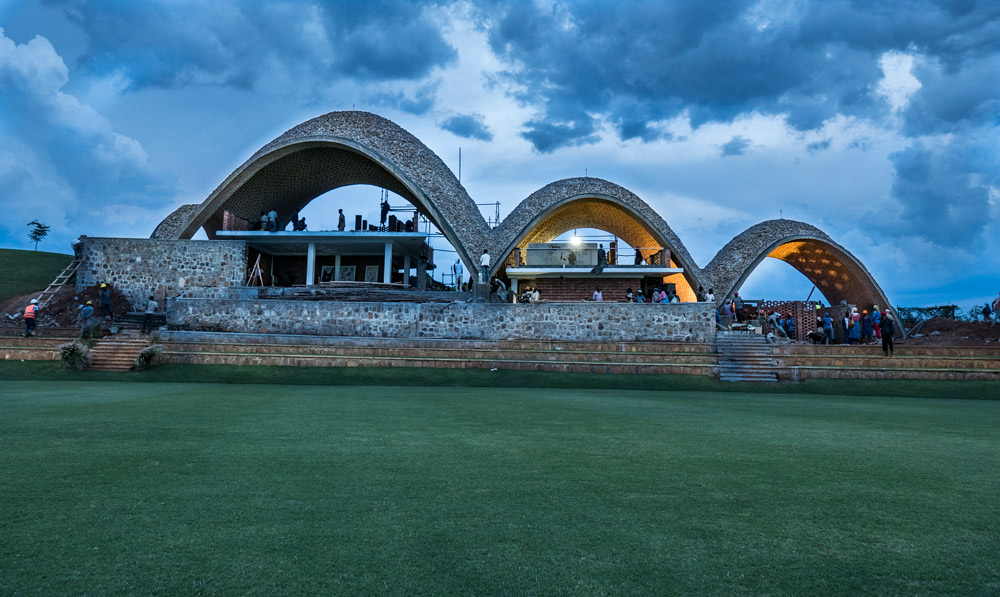










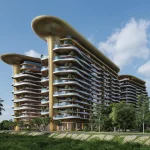
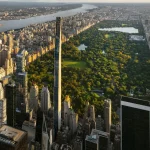









Leave a comment